March 11, 2021
In the western world, where perfection is king, there is something so freeing about the wabi-sabi interior design aesthetic. I find myself captivated by the idea of abandoning “perfect” and embracing the scars and flaws that living a full life brings. Loving the crows’ feet and laugh lines and wholeheartedly embracing the imperfections of life for the gifts of soulful beauty.
The eastern philosophy of wabi-sabi is embracing imperfection, but that is not to say that it is shabby in any way. It is more about being well cared for and finding beauty in the asymmetry and organically aged. I love how the wabi-sabi interior philosophy supports the slow living lifestyle and embraces mindful living. When you look at Ikebana, the Japanese art of flower arranging, you can see wabi-sabi in all its glory. It’s simple, organic, and well placed, with room to breathe. Both Ikebana and wabi-sabi fully integrate the beauty of form.

Ikebana Unbound: A Modern Approach to the Ancient Japanese Art of Flower Arranging by Amanda Luu and Ivanka Matsuba. Click to purchase from The Bloomist.
Wabi-sabi is a zen-inspired design style that focuses on the simplicity that a minimal aesthetic will bring. The details and nuance are where the visual magic lives. In the stillness of the aesthetic, the white space of the design allows the organic objects in the space to breathe. When experiencing the expression of the wabi-sabi, those affected by its vibe will find themselves deeply moved, myself included.
What makes a Wabi-Sabi interior design Style?
There are seven aesthetic principles of the zen philosophy that are integral for a wabi-sabi style.
Kanso – Simplicity
Fukinsei – Asymmetry
Shibumi – Beauty in the understated
Shizen – Natural without pretense
Yugen – Subtle grace
Datsuzoku -Freeness
Seijaku -Tranquility
More than anything, Wabi-Sabi is a mindset.
It is simplistic minimalism, not meticulous minimalism. It is not an excuse for shoddy craftsmanship; instead it highlights the long-lasting and well-made. It appreciates the age and organic nature of all things and is the Zen of interior styling.
When creating a wabi-sabi interior style, what you leave out of the design matters more than what you add.
Key Components of Wabi-Sabi Interior Design:
Seek balance between warm and cool elements in a way that creates harmony and simplicity. Warm materials are wood, paper, textiles and clay. Cool elements include stone, metal and live plants.
Here is a list of examples you can incorporate in your home:
Wood – warm
- Furniture- tables, benches, shelving
- Floors- reclaimed and bamboo.
- Exposed beams
- Rustic bowls
- All types of bamboo
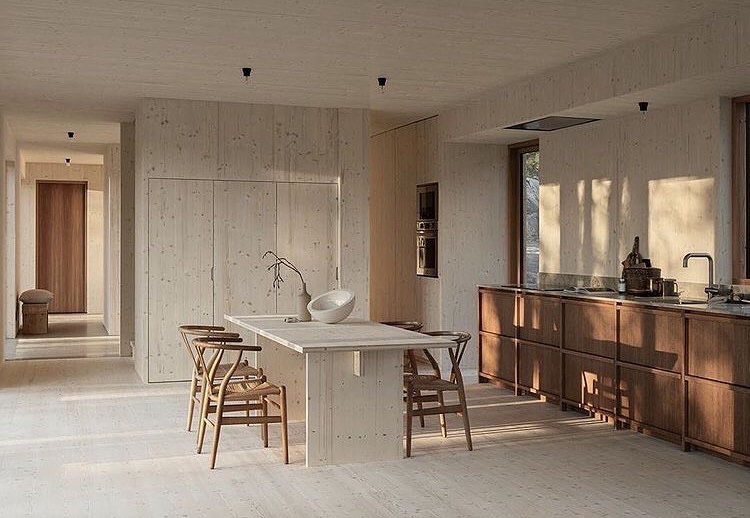
project by @lowenwidman_arkitekter photo from @mrlefvander built by @martin_lyden
Metal – cool
- Furniture, wrought iron or recycled metal
- Zinc countertops, wall art, frames
- Hand beat sheet metal chemically altered to appear aged.
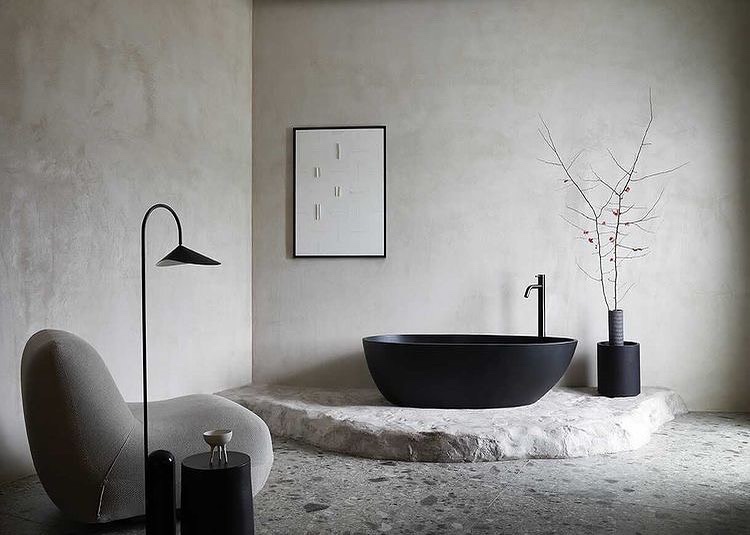
posted by @slowlivingspaces designed by @stonesandwalls photo by @mirtoiatropoulou styling by @anestismichalis
Paper – warm
- Screens- room dividers, doors
- Wallpaper
- Table Mats
- Handmade paper- wall hangings
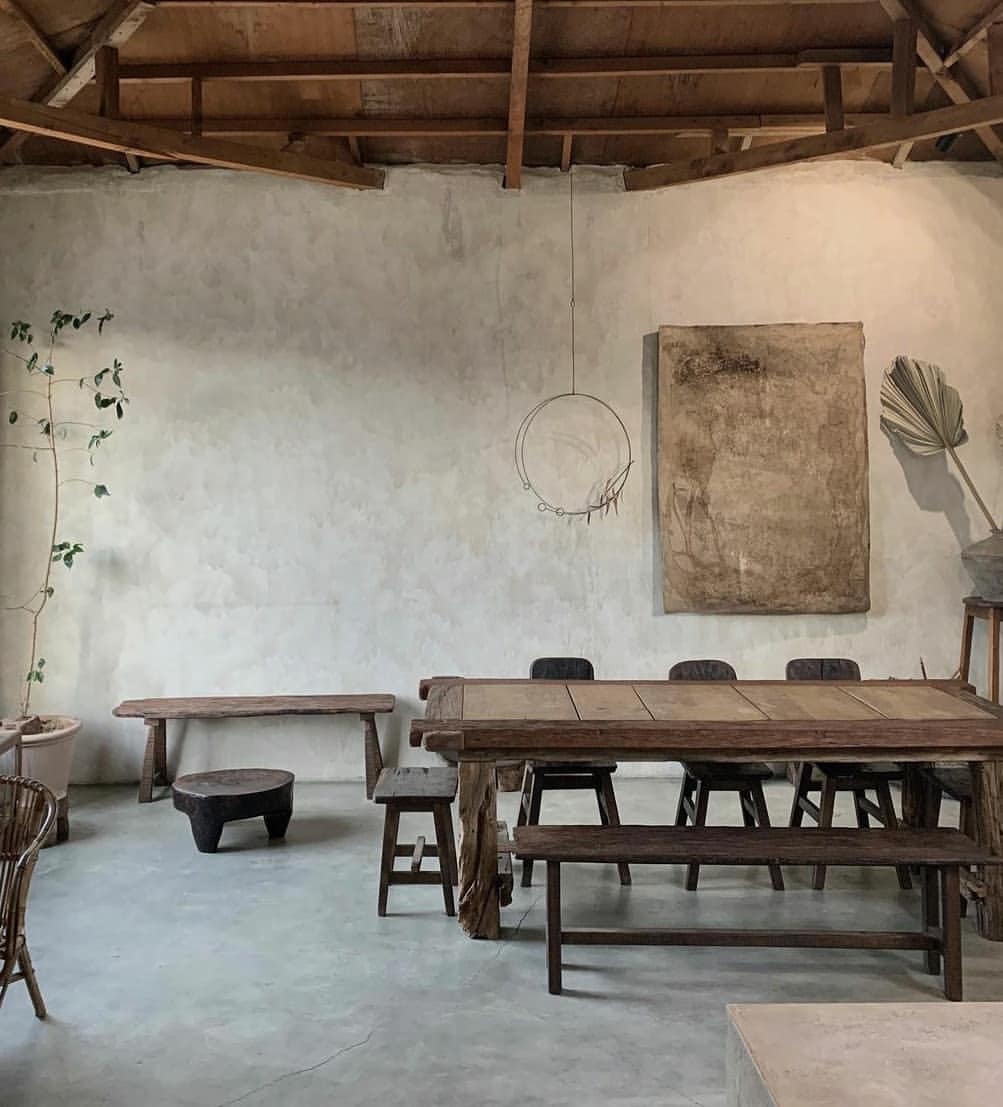
via @nathanlindbergdesign photo @totem.ore
Textiles – warm
- Upholstery furniture- nubby with natural dyes
- Table runners
- Drapery
- Wall Hangings- room dividers
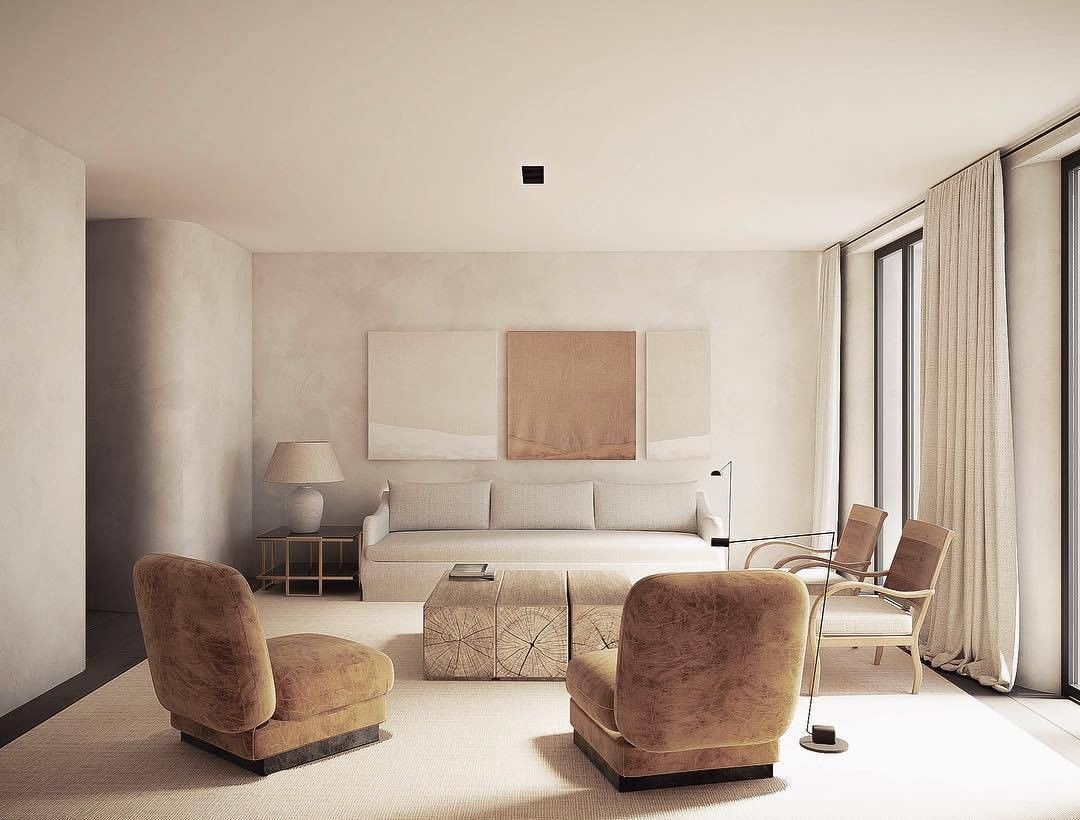
work of @ooaa_arquitectura
Stone – cool
- Slate- countertops and flooring
- Limestone- countertops, flooring, fireplace, garden
- Sandstone- flooring, fireplace, garden
- Concrete- countertops, flooring, bathrooms, garden, fireplace
- Igneous rock- accessories, garden features
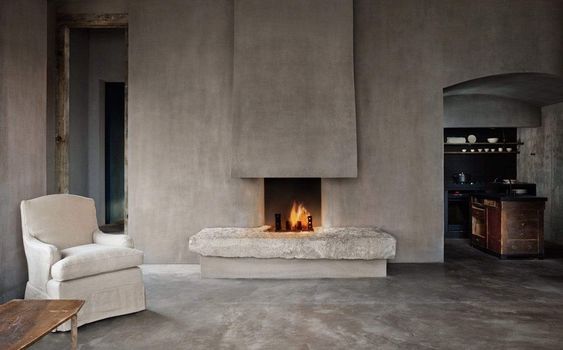
from Wabi Inspirations by Axel Vervoordt. Click to purchase from Amazon.
Clay – warm
- Pottery is an ancient art form in Japan and is deeply rooted in the wabi-sabi tradition. Generally rough and organic with function over form, muted complex color and texture with a naturalness and ease of use. This style of pottery is probably the best-known representation of Wabi-Sabi styling in the western world.
- Plates, cups, vases, wall art, a tabletop, within a garden
Plants-cool
- Bringing the outside in through gardens and plants is a natural addition to the wabi-sabi aesthetic. Keeping plants well cared for is an essential part of having live plants indoors.
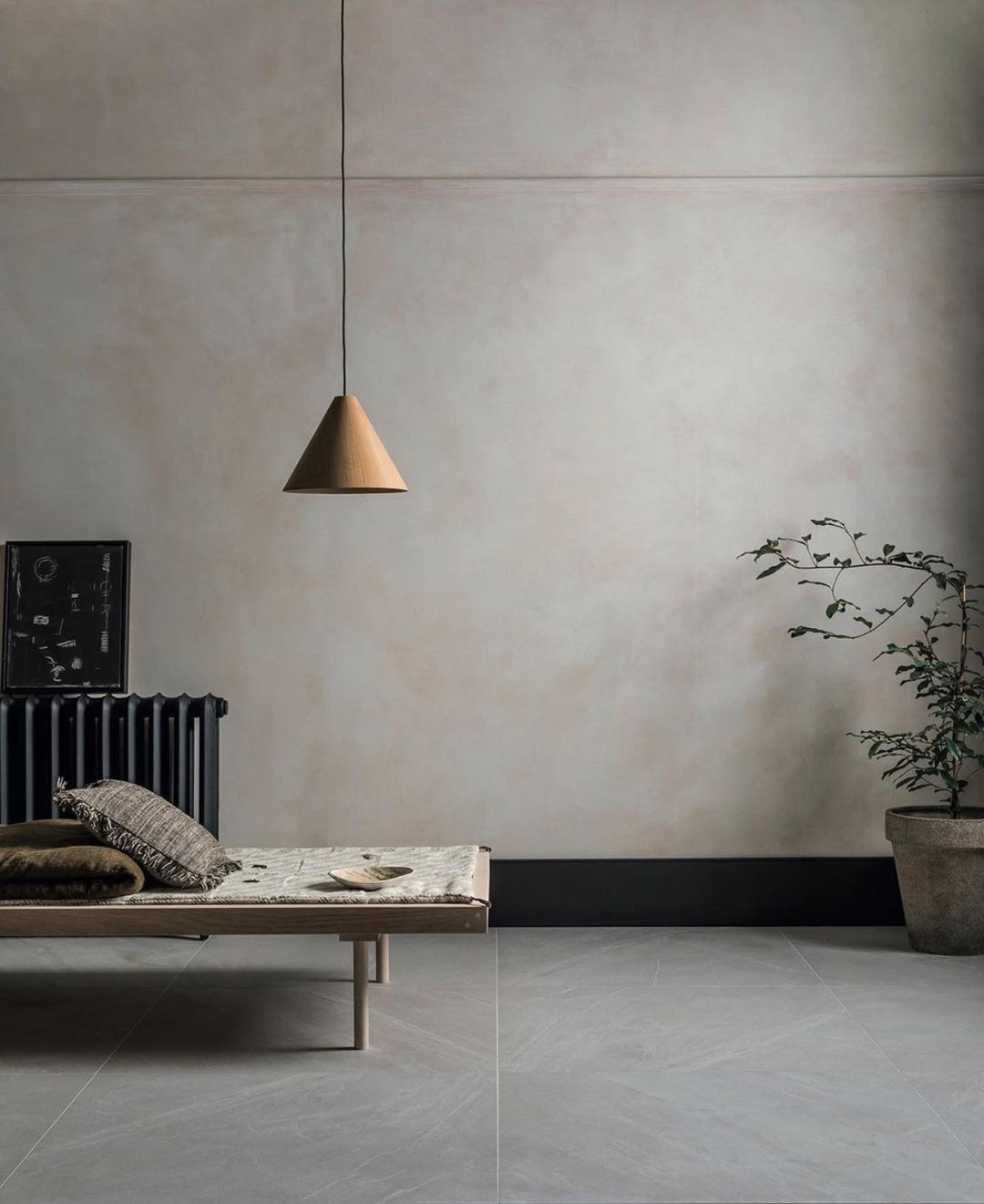
image from @bauwerkcolour via @mandarinstoneofficial
Most of us are inundated with a vast sensory overload of everyday life. This makes the possibility of incorporating the wabi-sabi life into your styling very appealing- I know it is for me. Slowing down long enough to develop an appreciation for the organic and straightforward is the essence of wabi-sabi. The perfectly imperfect- oh yeah, I am all in!
Common Misconceptions of Wabi-Sabi Design
- Simplistic minimalism, not meticulous minimalism
- Imperfection- lovingly worn, not shabby
- Deep, rich natural fabric – not dull and bland colors
- Mindful placement, not austere
So how do you achieve a Wabi-Sabi environment without falling into the paradoxes of consumerism and perfectionism?
Well, incorporating this into your life can be a series of edits. Get rid of anything that you don’t love or is just taking up space. Aka Marie Kondo. You won’t miss it, I promise! When shopping for items, take the time to examine them. When looking at silverware, does it feel nice in your hand? Do you like the look, the weight, and the finish? Buy well made and lean into the “meant to last” mentality. Choose items that have meaning regardless of age. You want loved pieces, not worn unless the worn enhances the beauty of the object. Remember, you invest in these items to improve your lifestyle and add calm and harmony to your decor.
Shop handcrafted goods and forsake uniformity. Use low light and a subtle color palette. Skip the big box store and repurpose an old piece of furniture. Opt for materials meant to age, intended to have multiple lives, or ones that have already lived numerous lives. Use open reclaimed shelving and highlight some often-used items and store the rest in cabinetry. Choose comfortable, not bulky, upholstered furniture, and make sure to leave extra space around groupings so the room can breathe. Keep accessories to a minimum and only items that bring peace and calm to your room. Most of all, mix your materials consciously. Make sure you are incorporating warm and cool finishes. The balance of the elements will give way to a calm, harmonious environment.
Coming soon, I’ll publish a collection of ceramicists who are committed to the process of mindful making and living.
You can find these wabi-sabi mindsets practiced in the Japanese Tea Ceremony. It’s a ritual that celebrates the beauty of time and place, honoring objects, tea, and the people who join. Read more about the intention of this ceremony and the thoughtful items involved here. I’ve also covered the basics of matcha, and I include a recipe and tool list to include in your morning routines and centering practices.
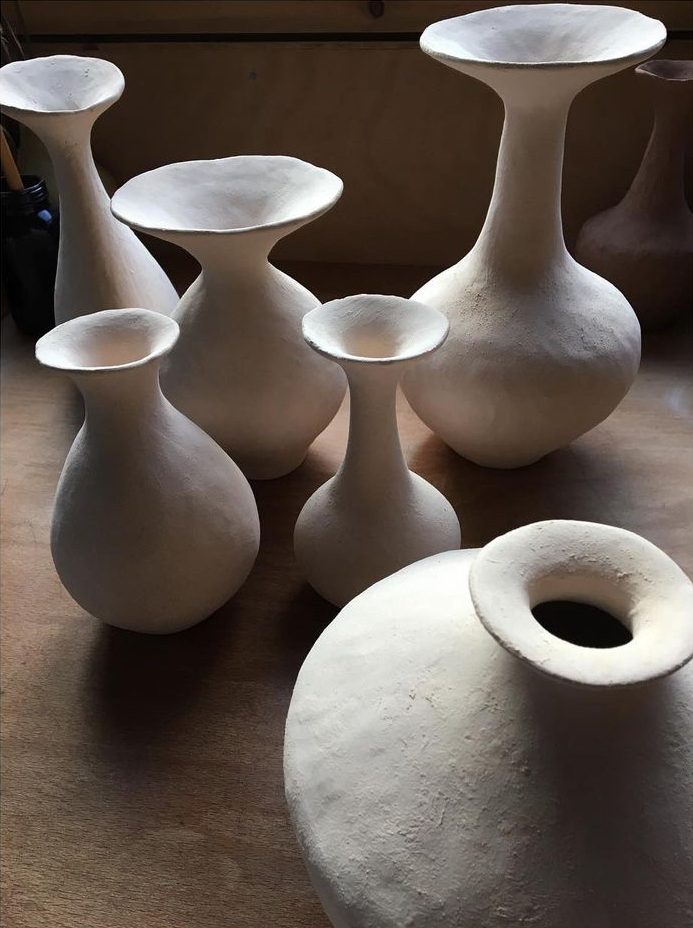
@modernpotteruk (photography and ceramics), maker of simple hand-built stoneware
Wabi-Sabi minimalist styling pairs well with:
The simplicity and thoughtful living of Scandinavian design and the antiquity of European Farmhouse styling along with Mid Century Modern interior styling
If you would like to know more about all of the different interior stylings, you can sign up for our newsletter here.
Vikki Werbalowsky
Wabi-Sabi Interior Design
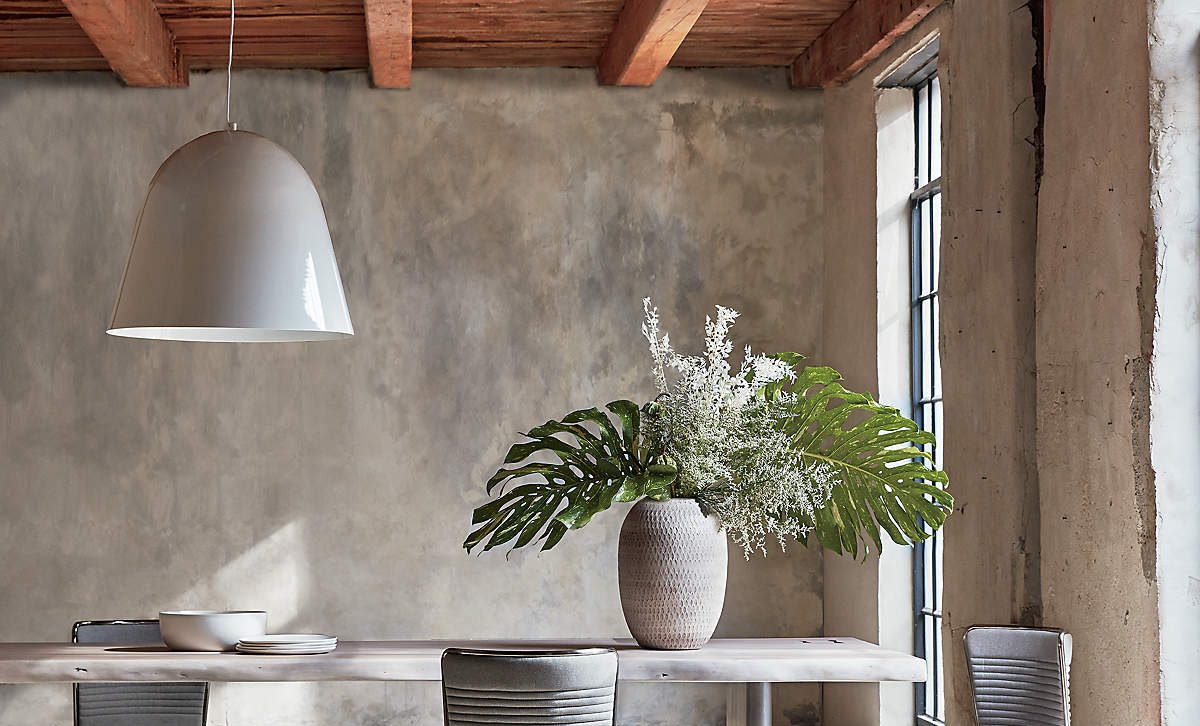
Leave a Reply Cancel reply
About
Blog
Portfolio
hello@labellavie.com
Copyright © 2020 La Bella Vie | All Rights Reserved
Contact
Join Our Newsletter
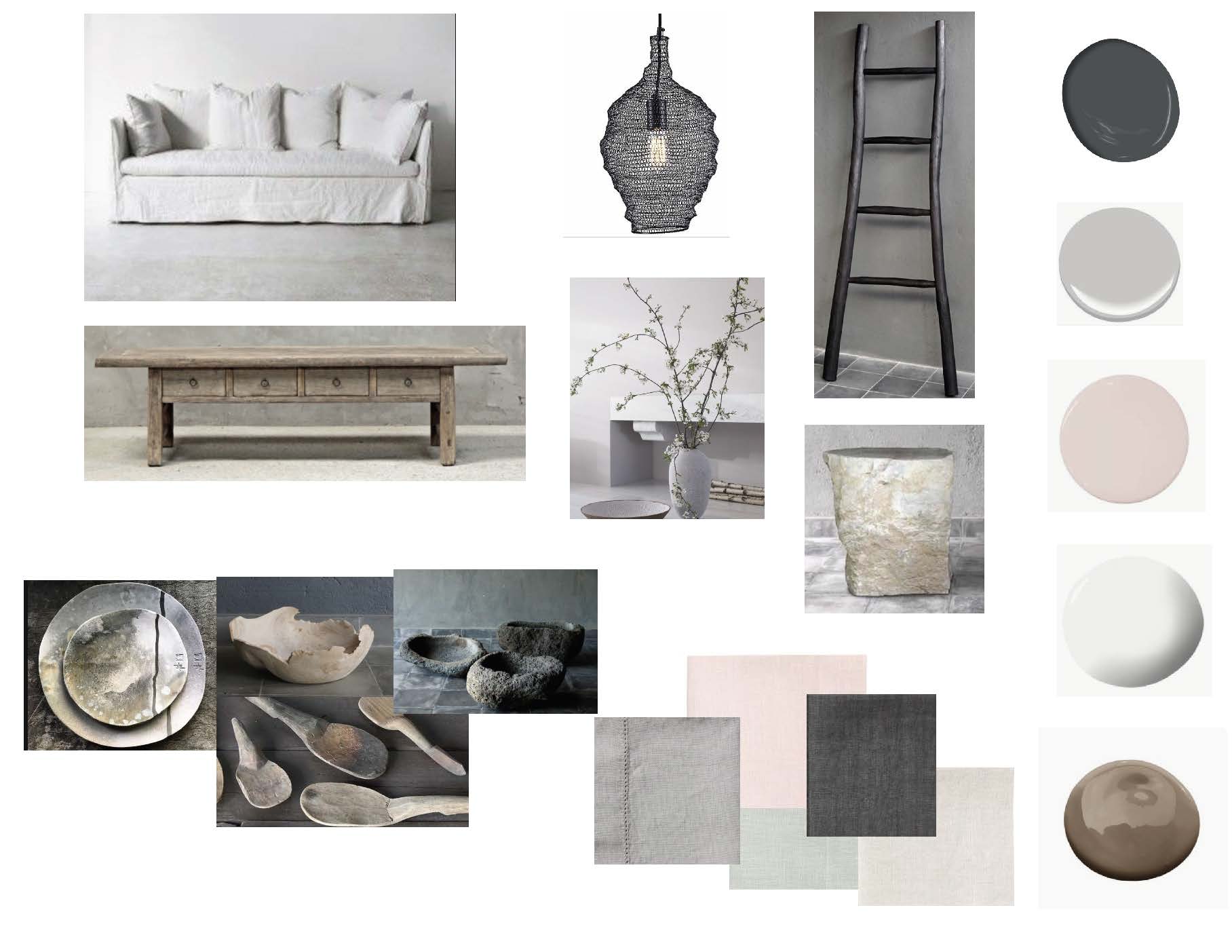
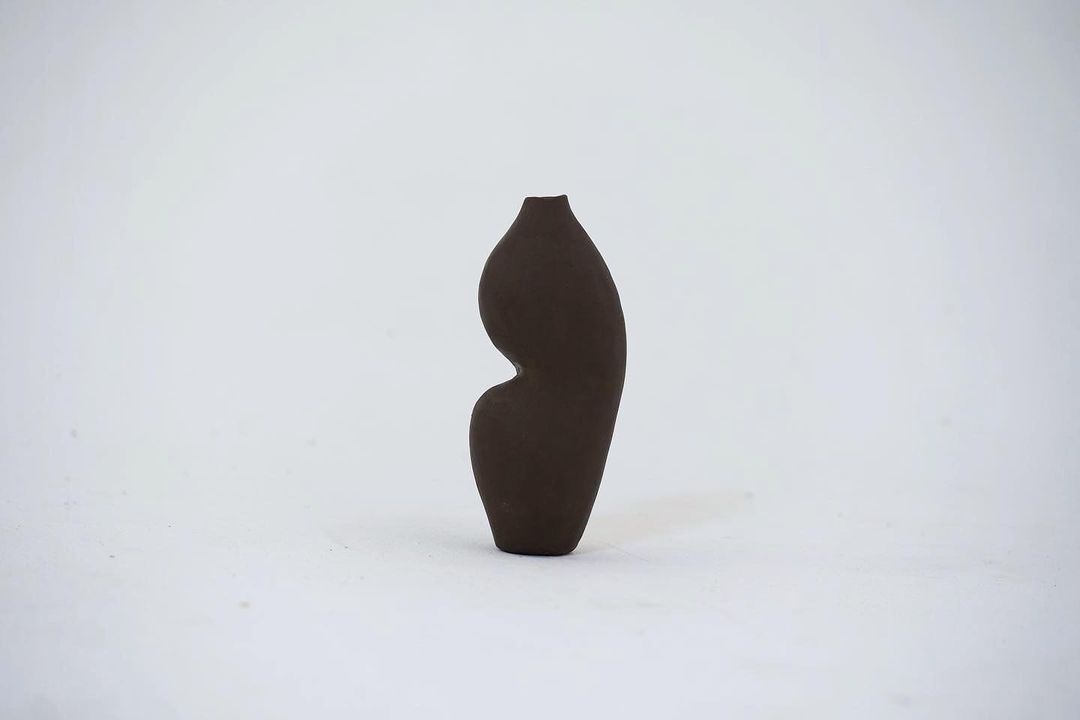
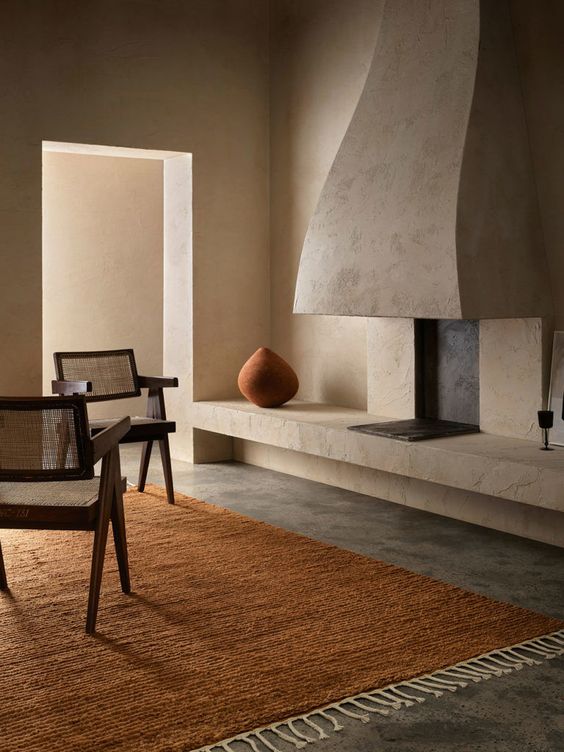
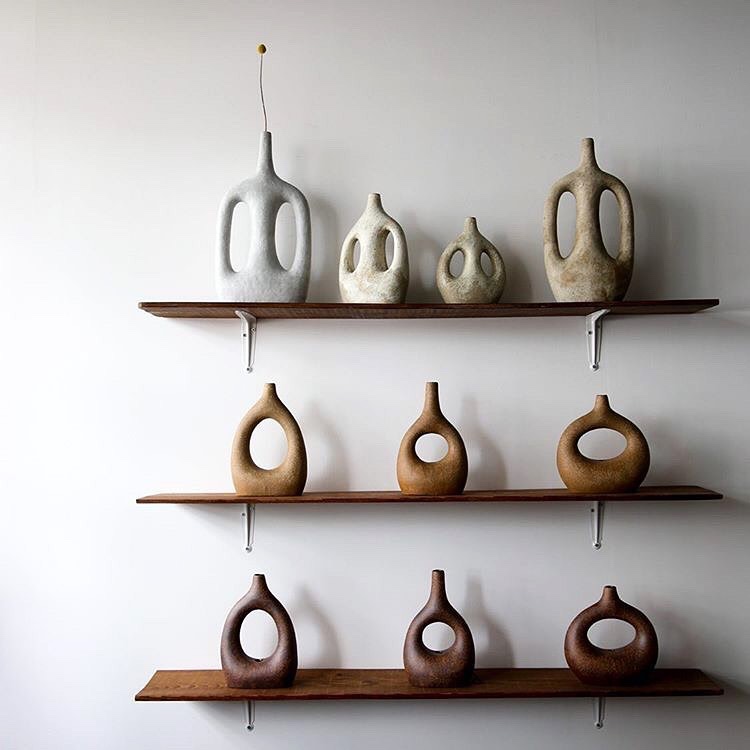
[…] The meticulous attention paid to the art of drinking tea speaks clearly to the wabi sabi movement and to slow intentional living. Having a deeper understanding of the wabi sabi tea ritual can help you have a deeper understanding of the roots of the wabi sabi interior design movement. […]
[…] Further Wabi-Sabi design styling can be found here. […]
[…] of form meets function, with a Scandinavian light color palette and rustic, earthy tones of the Wabi-Sabi and Japanese minimalism movement. What’s not to […]
[…] I highlighted small makers for Wabi Sabi spaces. However, these beautiful handmade vessels fit into many home stylings. That spirit of […]
[…] 圖源:labellavie.com […]
I love it all!! You are an excellent designer. I.ve never seen anything like it. :-O
Sooo different and sooo “Artful”.
Contemporary, Modern, yet with a raw touch of the past. Congratulations! ♥♥♥:-)
[…] out my other blog posts. The Sherwin Williams paint colors in this blog will look great in a Wabi Sabi space. Brighter colors like Raspberry Blush or Vining Ivy will look great in Moroccan inspired […]